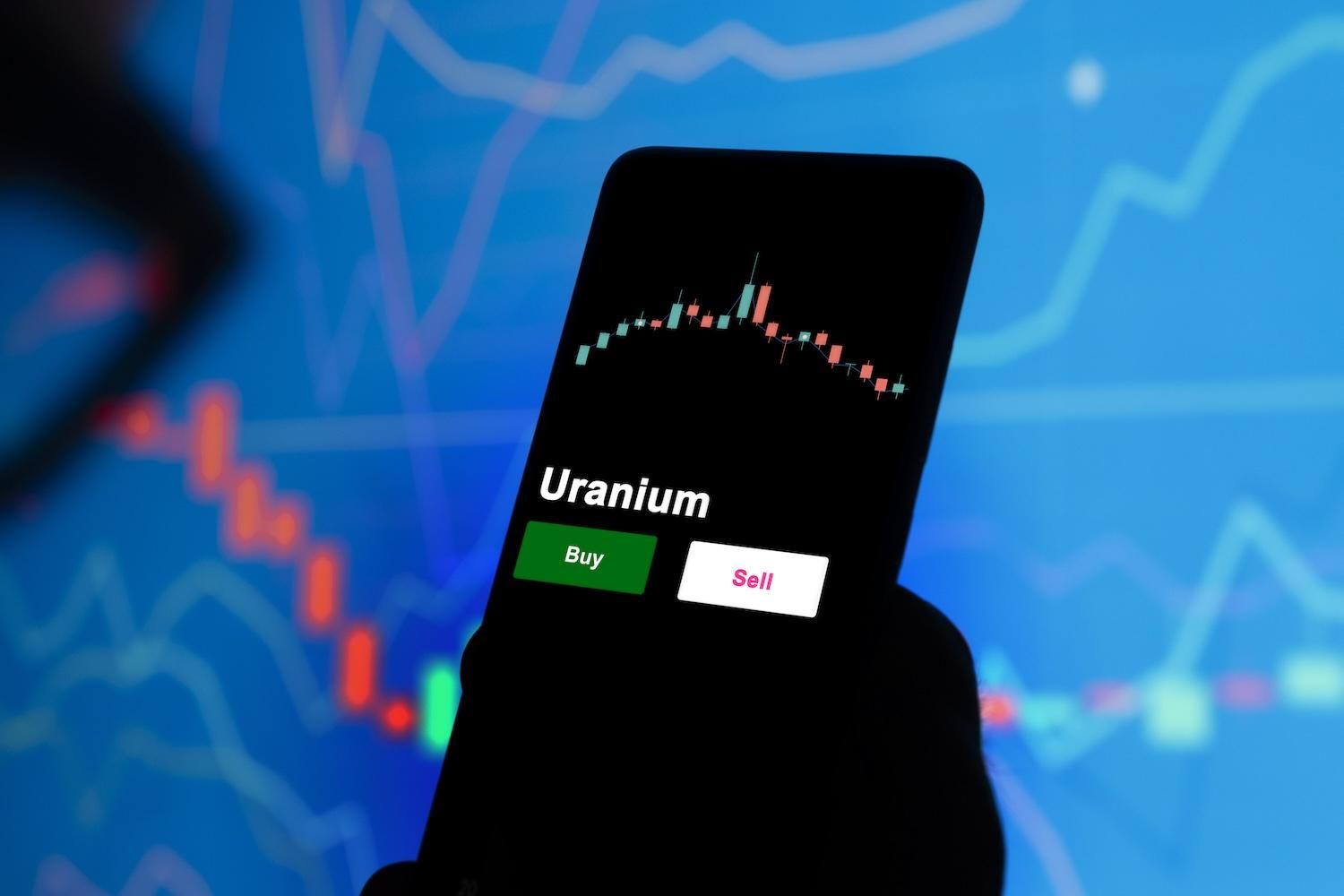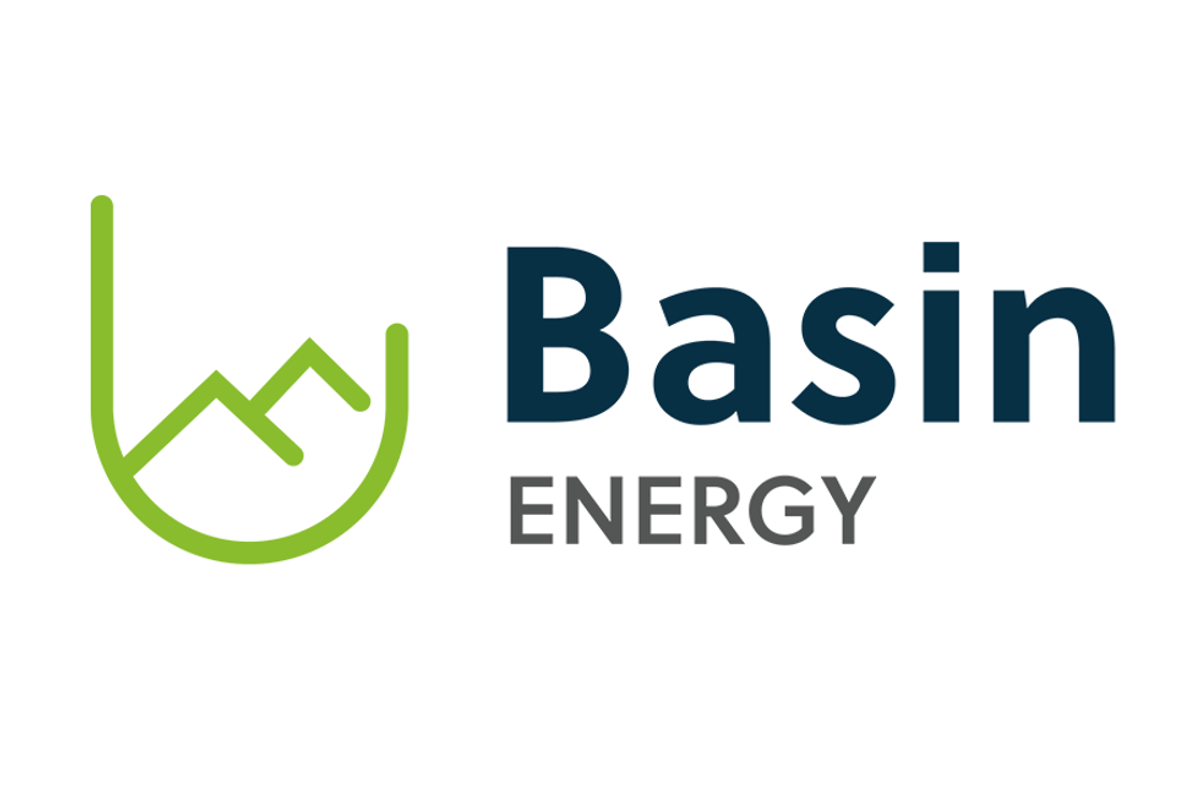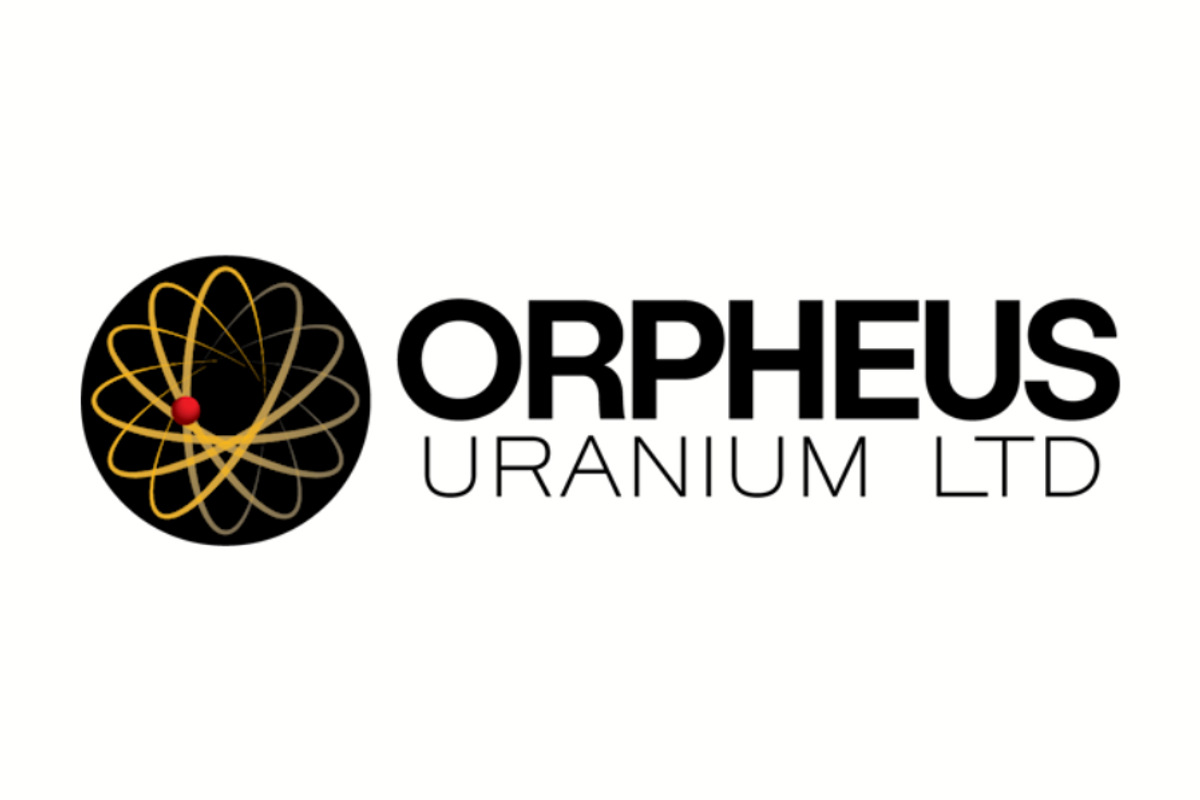
October 02, 2024
Orpheus Uranium Limited (ASX: ORP) (Orpheus or the Company) is pleased to announce that on-ground exploration activities have commenced within the Company’s Mt Douglas Project in the Northern Territory (see Figure 1 & Figure 2).
Highlights
- Geological reconnaissance and sampling have commenced at Mount Douglas (NT) targeting unconformity-style uranium mineralisation similar to other uranium deposits in the Pine Creek Orogen.
- Initial focus on airborne and surface radiometric anomalies coincident with structures.
- Localised gravity survey to be completed in collaboration with the NTGS/Geoscience Australia’s regional gravity survey planned for commencement in 2024.
- Approval received from the Northern Territory Government for a Mining Management Plan (MMP) allowing Orpheus to undertake advance-stage exploration activities at Mt Douglas.
The exploration program will “ground truth” extensive anomalies within the project defined from historical airborne and surface radiometric surveys (see Figure 3). The program will include geological mapping and systematic rock chip sampling to identify zones of potential primary uranium mineralisation.
To date, observed outcropping minerology confirms uranium occurs in primary ore minerals that are mobilised (see Figure 4). As such, uranium mineralisation appears to be structurally controlled similar to unconformity style deposits, including those found in the nearby Rum Jungle Uranium Field, the site of Australia’s first large-scale uranium mine. This will provide targets for immediate drill testing.
Complementing on-ground field activities, Orpheus has collaborated with the Northern Territory Geological Survey (NTGS) to undertake a locally (500m) spaced helicopter-supported ground gravity survey over the project area. The survey will be run simultaneously with the regionally spaced Pine Creek ground gravity survey being conducted by the NTGS and targeted for completion by the end of the calendar year.
Results of the gravity survey will be combined with historic magnetic and radiometric datasets to refine target areas of interest. The primary output of this work will assist in identifying locally derived alteration zones that are associated with regional structures with potential to control uranium deposit formation.
The results of these preliminary programs will continue to develop an understanding of the geological setting of the project area. This will ultimately guide advanced-stage activities including trenching and/or drilling for which Orpheus’ has recently received government approval to undertake within nominated areas associated with these preliminary activities.
Commenting on the exploration program, Orpheus Chief Executive Officer Clint Dubieniecki commented:
“We are excited to commence on-ground activities within the Mt Douglas project. The project was acquired by Orpheus on the basis that the geology and historical radiometric data shows all the hallmarks of a large and high-grade unconformity-style uranium district, similar to the Rum Jungle (Pine Creek) or Ranger (Alligator Rivers) deposits. This work represents an important first step in delineating key structures and defining surface uranium mineralisation that will be prioritsed for drilling.”
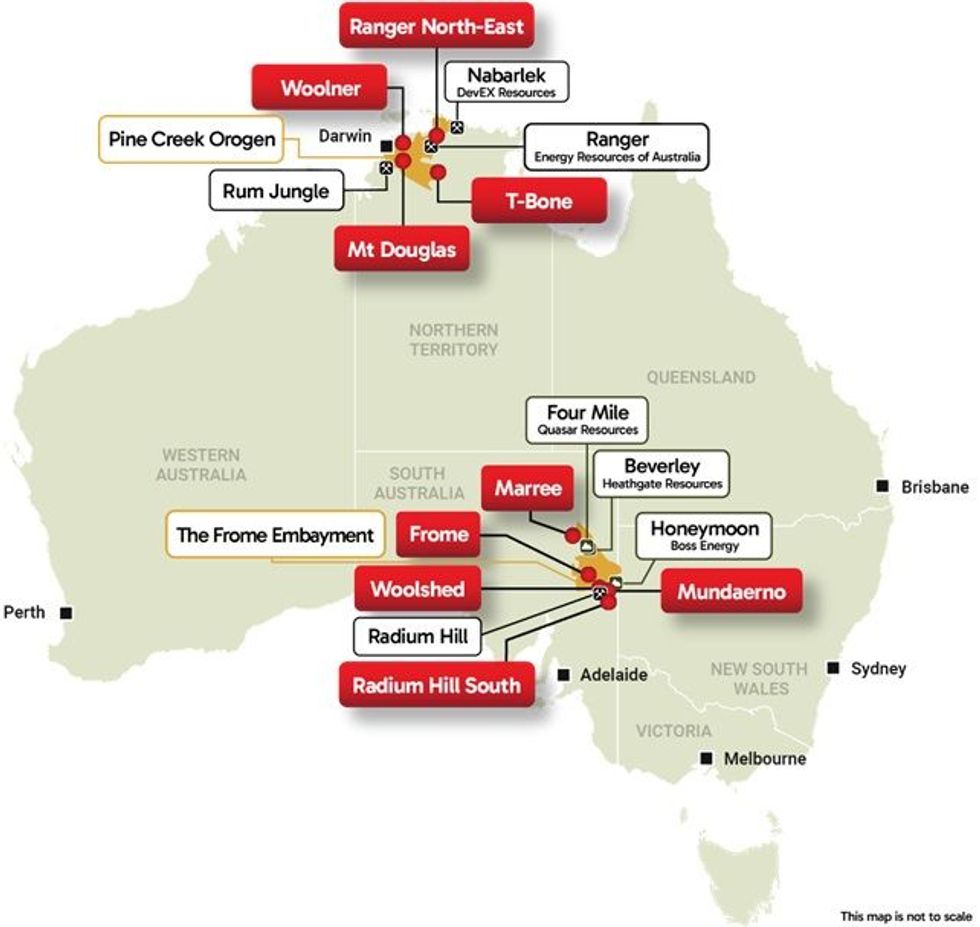
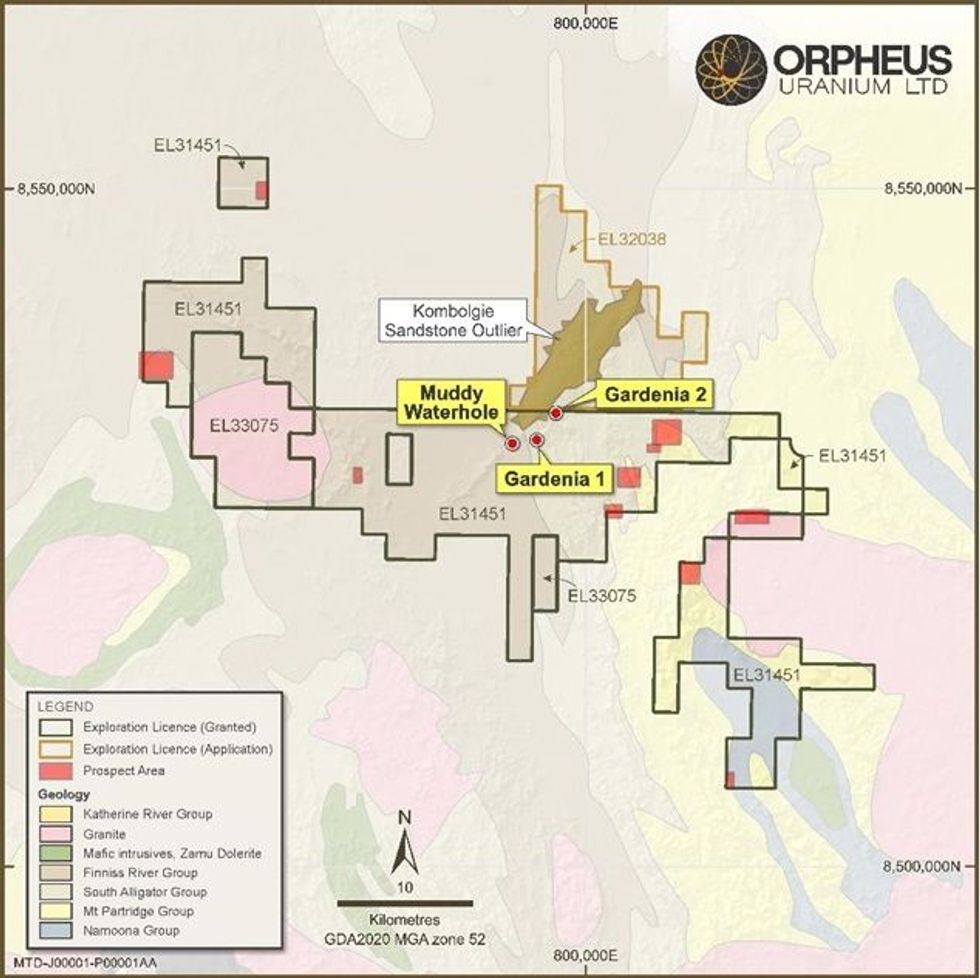
Click here for the full ASX Release
This article includes content from Orpheus Uranium, licensed for the purpose of publishing on Investing News Australia. This article does not constitute financial product advice. It is your responsibility to perform proper due diligence before acting upon any information provided here. Please refer to our full disclaimer here.
The Conversation (0)
4h
Uranium Price 2025 Year-End Review
After 2024’s rapid rise, the U3O8 spot price remained more constrained through 2025, fluctuating between a relatively short range of US$63.17 (March 13) and US$83.33 (September 25) per pound. Entering the year, the price was sitting at US$74.56 before economic and geopolitical uncertainty pushed... Keep Reading...
08 December
American Uranium Eyes Resource, Scoping Study Update in 2026
American Uranium (ASX:AMU) is advancing drilling at its Lo Herma project in Wyoming, with work continuing into the winter season, according to Executive Director Bruce Lane in an interview with the Investing News Network. The company is currently awaiting results from recent hydrogeological... Keep Reading...
04 December
China’s Sole Uranium Miner Soars in Market Debut
China National Uranium (SZSE:001280) more than tripled in value during its first day of trading in Shenzhen, raising about 4 billion yuan (US$570 million) in its Wednesday (December 3) debut.According to an exchange filing cited by Bloomberg, the state-backed miner priced 248 million shares at... Keep Reading...
02 December
Niger Moves to Sell Uranium from Orano's Seized SOMAÏR Mine
Niger’s military government announced on Sunday (November 30) that it intends to put uranium produced by the SOMAÏR mine on the international market.General Abdourahamane Tiani, head of the junta, told state television that “Niger's legitimate right to dispose of its natural riches to sell them... Keep Reading...
30 November
Expands REE and Uranium Footprint at Sybella-Barkly
Basin Energy (BSN:AU) has announced Expands REE and uranium footprint at Sybella-BarklyDownload the PDF here. Keep Reading...
28 November
Orano Condemns Illegal Uranium Transfer from Niger Mine
Orano said it “strongly condemns” the removal of uranium from the SOMAÏR mine in Northern Niger.The French firm called the transfer illegal and a direct breach of the International Center for Settlement of Investment Disputes’ (ICSID) September ruling, which prohibits the material's sale or... Keep Reading...
Latest News
Latest Press Releases
Related News
TOP STOCKS
American Battery4.030.24
Aion Therapeutic0.10-0.01
Cybin Corp2.140.00


